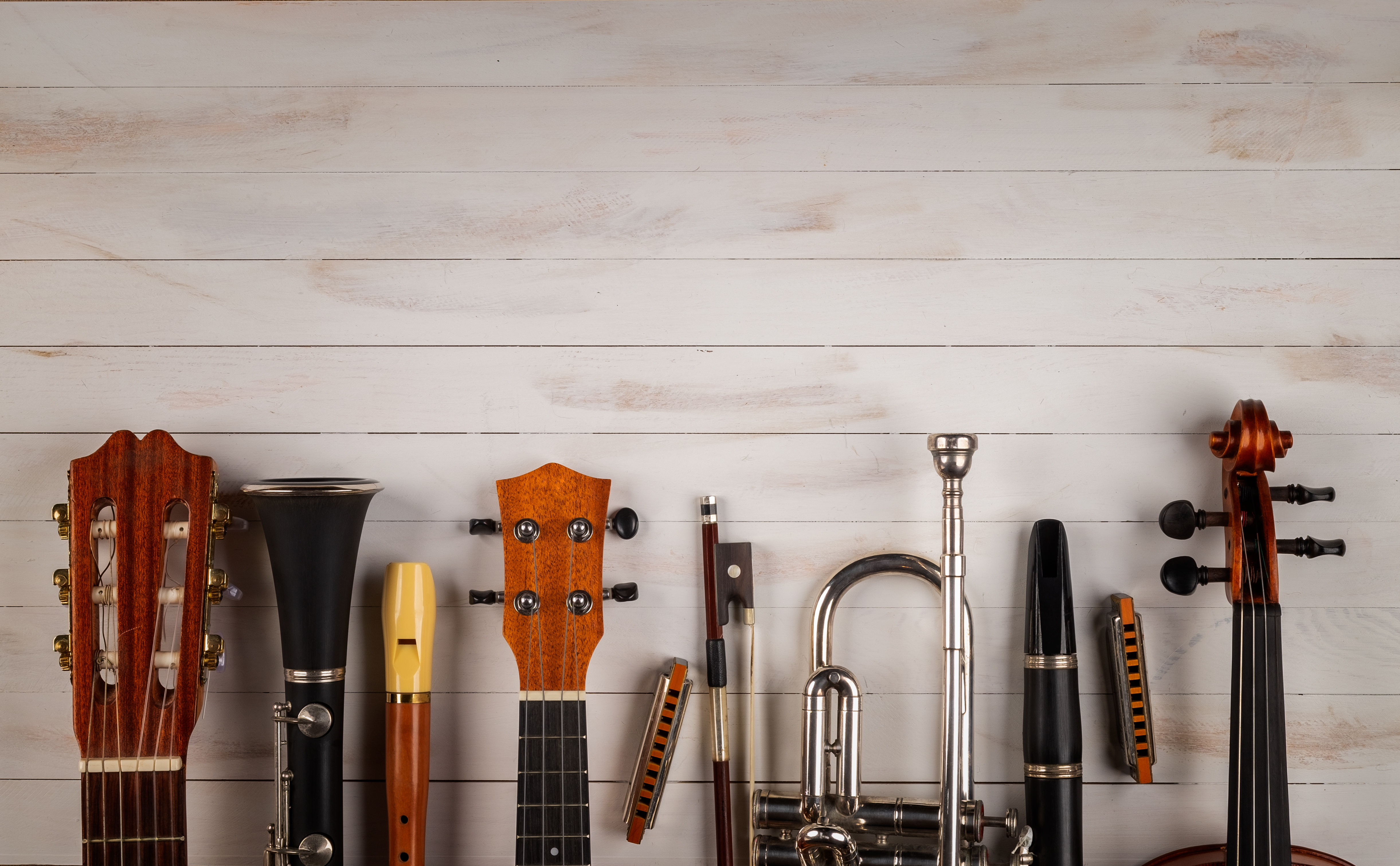
Antique Musical Instruments and Vintage Guitars

Antique Musical Instruments and Vintage Guitars
Introduction to Antique Musical Instruments and Vintage Guitars
Collecting antique and vintage musical instruments, especially vintage guitars, is a way to connect with the rich history of music and appreciate the craftsmanship and beauty of past eras. These instruments are typically considered “vintage” if they are 30 years old. People collect these instruments for various reasons, including their historical significance, unique sound, appearance, rarity, and the stories they carry from previous owners, mainly if famous musicians played them.
When looking to add vintage musical instruments to your collection, it’s essential to consider its condition, as this significantly affects its value. Researching the instrument and understanding any modifications made to it is crucial. Changes like frets, bone nuts, and bridges might not considerably impact the value, but alterations to tuners, pickups, and pickguards could decrease it. The original finish of a guitar also plays a significant role in its value, with the original patina being highly sought after as it reflects the instrument’s authenticity and history.
Ultimately, collectors and enthusiasts should pay close attention to these instruments’ age, condition, and authenticity to ensure they make a worthwhile addition to any collection.

Exploring the World of Collectible and Historic Instruments
Delving into collectible and historically significant instruments reveals a fascinating world of historic musical instruments, collectible guitars, and valuable antique instruments. Some essentials must be understood to navigate this sphere effectively: grasping the details, committing to thorough research, consulting the experts, and networking.
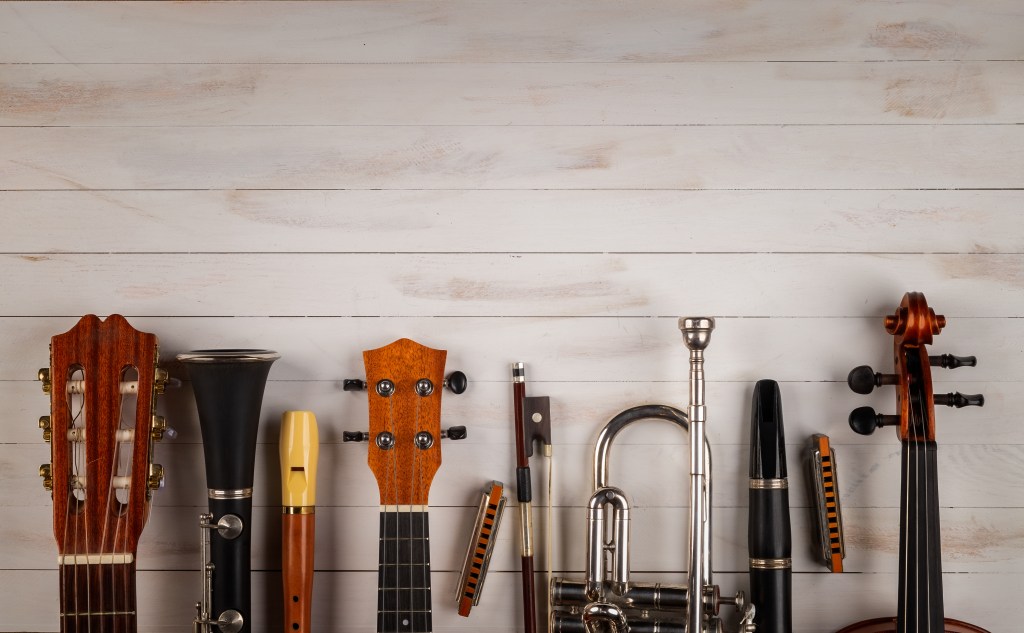
Understanding the Value of Antique Guitars and Instruments
When it comes to determining the value of antique guitars and other instruments, there are several key factors that collectors and enthusiasts generally consider.
Value of vintage guitars
Among these, the condition and authenticity of the instrument play a pivotal role. Most instruments will not retain all of their original parts. Over time, musicians often modify their instruments to enhance sound quality and playability. For instance, strings will be replaced over time; while this tinkering is common, sourcing authentic replacements for parts like pickups, bridges, and control knobs can be challenging, especially for vintage models. As a result, non-original parts can diminish the instrument’s value.
Determining instrument value
Another significant factor in appraising the value of antique guitars is the era and model of the instrument. Gibson guitars from the 1950s, including iconic models such as the original Flying V, Explorers, and Cherry Sunburst Les Pauls, are among the most highly sought-after. These instruments are revered for their craftsmanship, sound, and historical significance, making them extremely valuable to collectors. Similarly, Fender guitars from the 1950s and 60s, particularly those with original custom finishes like Seafoam Green and Shoreline Gold, are highly coveted. Though they may not fetch the same premium as a Les Paul, the Fender brand is still considered valuable.
The provenance of an instrument or its history of ownership can significantly influence its value. Guitars that were owned or played by prominent musicians often carry a premium. The instrument’s backstory and connection to musical history can make it more desirable to collectors, sometimes far exceeding its intrinsic value as a playable instrument.
Combining these factors—authenticity, historical significance, and provenance—ultimately determines the value of antique guitars and other vintage instruments.
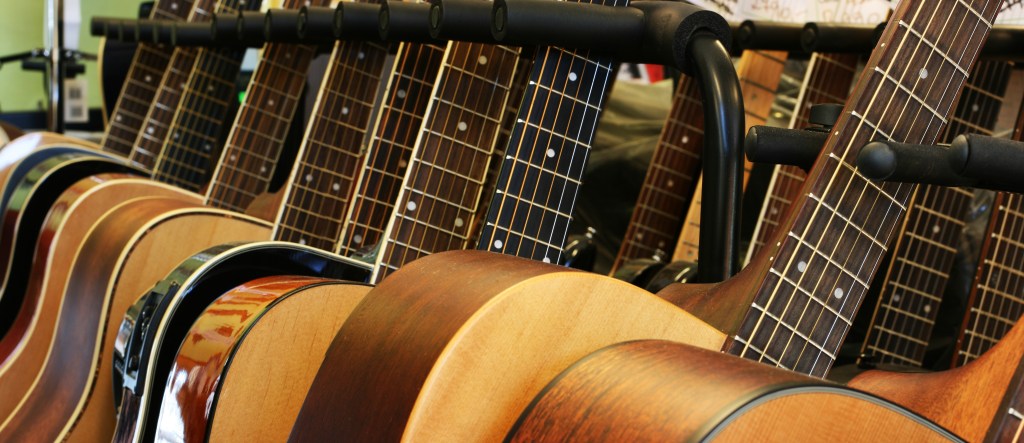
Where to Find and Buy Vintage Guitars and Antique Instruments
When it comes to sourcing authentic vintage guitars and other musical instruments, there are several strategies you can employ to ensure you’re getting genuine pieces and the best deals.
Where to find antique instruments and guitars
First and foremost, consider visiting stores dedicated to selling these types of instruments. Opting for an in-person store allows you to engage directly with knowledgeable staff, ask questions, and get connections for future needs. Many of these stores offer in-house repair services, making them invaluable resources for any issues with your vintage finds. However, it’s worth noting that in-person stores may price their instruments higher than other sources.
Exploring online marketplaces
Online marketplaces present a viable option for those who prefer the convenience of shopping from home. They offer a broader range of items and sometimes more competitive pricing. However, the risk of scams is higher in the online space. Always check the seller’s reviews to mitigate this and ensure you’re dealing with reputable sources. Don’t hesitate to request more pictures or documentation to verify the authenticity and condition of the instrument.
Guitar shows and local treasures
Another excellent source is guitar shows and conventions. These events are fantastic for finding rare and unique pieces and offer the chance to connect with fellow enthusiasts and conduct trade-ins.
Never underestimate the power of research. Familiarizing yourself with the market, understanding the difference between genuine and fake items, and narrowing your search criteria can make the process much more manageable and enjoyable. In-depth knowledge will serve as your best tool in navigating the vintage market.
Remember to shop at local flea markets, thrift stores, estate sales, and antique shops. These venues can be treasure troves for vintage instruments, often hiding in plain sight. Whether looking to buy, sell, or browse, keeping an open mind and exploring various sources can lead to fantastic discoveries. Many items have been sold and bought again, creating a history and depth to the pieces often unmatched in regular retail environments.
Sourcing authentic musical instruments requires in-person and online research, connections within the community, and a keen eye for authenticity. With dedication and patience, you’ll be sure to add some remarkable pieces to your collection.
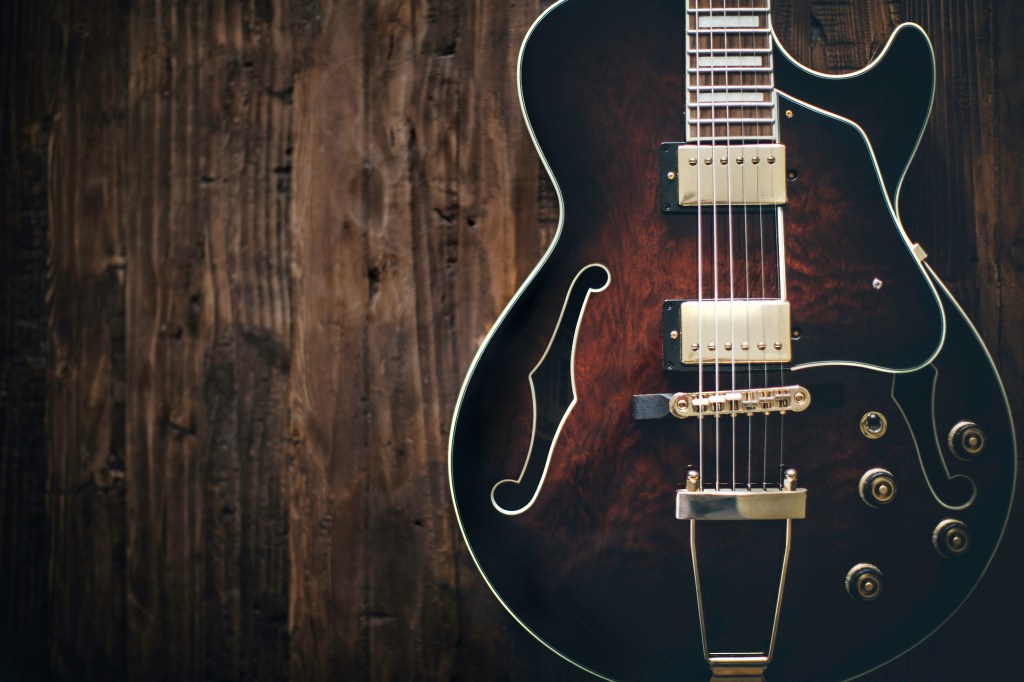
Restoration and Maintenance of Antique Instruments
When restoring and maintaining musical instruments, it is crucial to understand their specific needs to preserve their value.
Restoring antique instruments
For those dipping their toes into antique instrument restoration for the first time, consulting with experienced professionals is advisable. A misstep in the restoration process can dramatically diminish the instrument’s value and integrity. It’s essential to seek out reputable restoration services and ensure their practices align with preserving the instrument’s original state.
Maintenance and storage tips
An antique musical instrument’s cleaning and maintenance routine is pivotal in its preservation. Use gentle, non-abrasive materials and cleaners specifically designed for the instrument’s material. Water or alcohol-based cleaners should be avoided, especially on wooden instruments, as they can cause irreparable damage. Conversely, metal components require regular cleaning to prevent corrosion.
Handling and displaying an antique instrument requires careful planning. The environment in which it is kept should be stable, protecting it from extreme fluctuations in temperature and humidity.
Before handling the instrument, ensure your hands are clean to prevent the oils and dirt from damaging its delicate materials. The mounting and display mechanisms should be secure and tailored to the instrument to avoid undue strain or stress. Furthermore, storing an instrument in direct sunlight is a risk that is not worth taking; UV rays will fade and damage the instrument’s color and finish over time. If you have the original case and gear, ensure they are correctly stored.
The dedication to the proper care and maintenance of an antique musical instrument is a testament to one’s commitment to preserving history and craftsmanship.
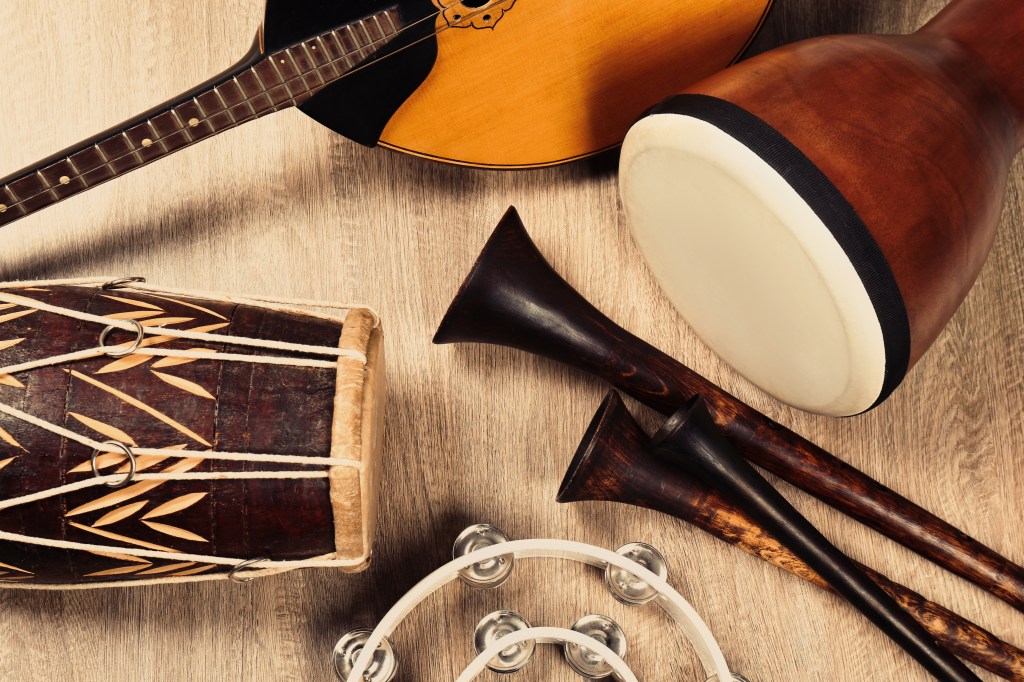
Appraising and Evaluating Your Antique Musical Collection
Several methods can help you understand the value of your musical instruments and guitars. Appraising such items not only gives you a rough estimate of their worth but is also essential when considering insurance coverage or preparing to sell them to prevent scams or accept low offers.
Key factors affecting musical instrument valuation
The main factors influencing the valuation of musical instruments include their condition, age, and rarity. Condition plays a significant role since better-quality instruments are naturally valued higher. The age of the instrument can make or break the appraisal. On the one hand, older instruments were often made with higher-quality materials and craftsmanship. Still, on the other hand, if their condition is poor, age can negatively impact their value. Additionally, modern guitars might be more valuable than vintage ones if made with high-quality materials. Rarity adds another layer of value, with rare pieces usually fetching higher prices on the market.
When it comes to the instruments themselves, those require a higher level of skill to play. Stringed instruments, such as basses, violins, and cellos, often hold greater value, particularly if they are handmade. Additionally, the provenance of an instrument, notably if it was owned by a famous musician, can significantly increase its worth. While generally, percussion instruments might not be considered valuable, this changes if a renowned musician owns them.
Appraisal process
Appraising musical instruments is meticulous and requires years of experience. Appraisers conduct thorough research into the instrument’s maker, condition, type, and provenance. A crucial part of this process is a visual inspection, during which the appraiser assesses the instrument’s materials, craftsmanship, and features, looking for damage like dents, rust, or scratches that could affect its value.
Lastly, having proper documentation is critical in appraising instruments for their true worth. This includes maintaining records like the serial number, the history of repairs, and any certificates of authenticity available. Such documentation supports the appraisal process and adds to the credibility of the instrument’s assessed value.
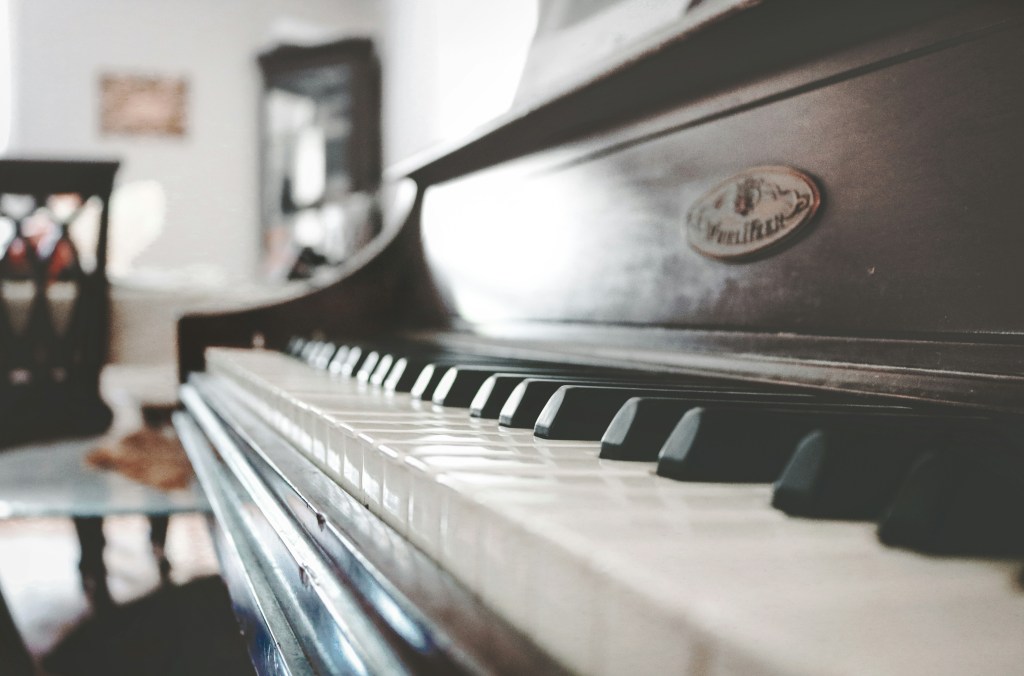
The Joy of Collecting: Building Your Antique and Vintage Instrument Collection
Beginning or expanding a collection of antique musical instruments and vintage guitars can be thrilling and rewarding. It’s a journey through history, craftsmanship, and the evolution of musical expression. When venturing into the world of collecting antique instruments, it’s essential to conduct thorough research to understand each piece’s historical significance and value.
Building a vintage guitar collection offers a unique way to connect with the music and artists of the past. For those just starting their musical instrument collection, focus on learning about different periods, makers, and the specific qualities that define their worth.
Remember, each item you add to your collection isn’t just a piece of history; it’s a story, a legacy, and, potentially, a valuable investment.
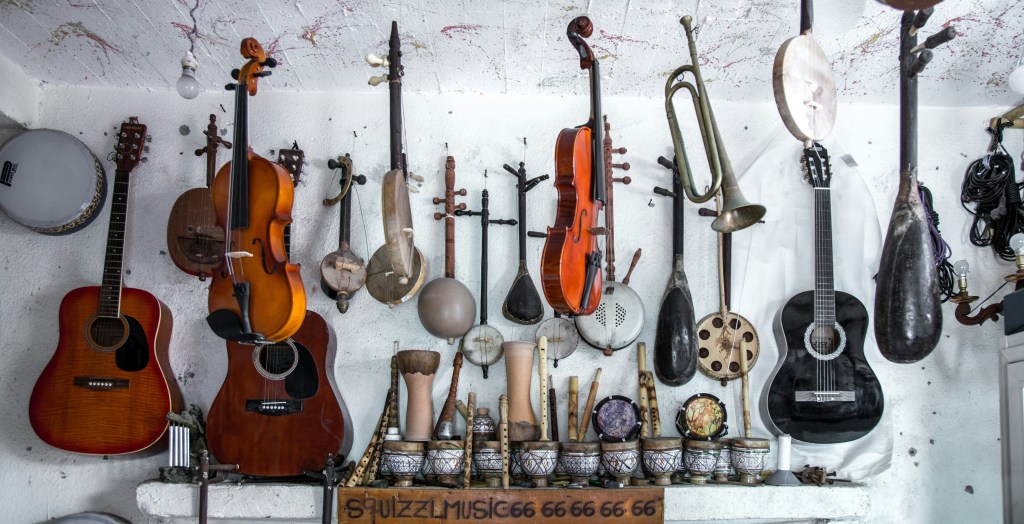
Sources
https://www.theacousticshoppe.com/acoustic-music-information-blog.htm?p=what-is-a-vintage-guitar
https://collectorizing.com/2024/05/11/how-to-collect-vintage-musical-instruments/
https://reverb.com/page/vintage-guitar-faq
https://www.insidehook.com/music/pick-and-play-vintage-guitar%EF%BF%BC
https://www.kwiklockstorage.com/proper-storage-and-care-tips-for-antique-musical-instruments
https://www.appraiseitnow.com/blog/appraising-musical-instruments-determining-the-worth-of-melodic-investments
https://guitars.com/newsletter/vintage-instrument-market
About Collectibles Insurance Services
Collectibles Insurance Services has been protecting collections since 1966 and all coverage is provided by a carrier with a group rating of “A” (Excellent) by AM Best, the leading rating agency for the insurance industry.
Comprehensive coverage includes, but is not limited to: accidental breakage, burglary, fire, flood, loss in the mail, theft, natural disasters, and other causes of loss unless specifically excluded from the policy. Deductibles start at $0 for collector policies and we provide coverage for the market value of your collection for losses in excess of $50.
Additionally the protection extends At home and away, and we don't require collection itemization and serial number nor extensive paperwork and red tape.
